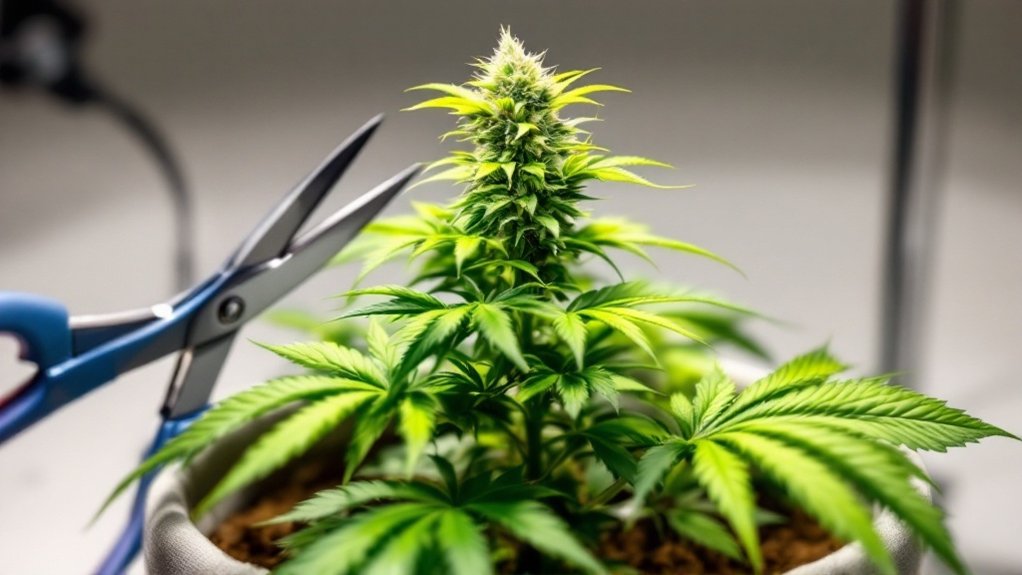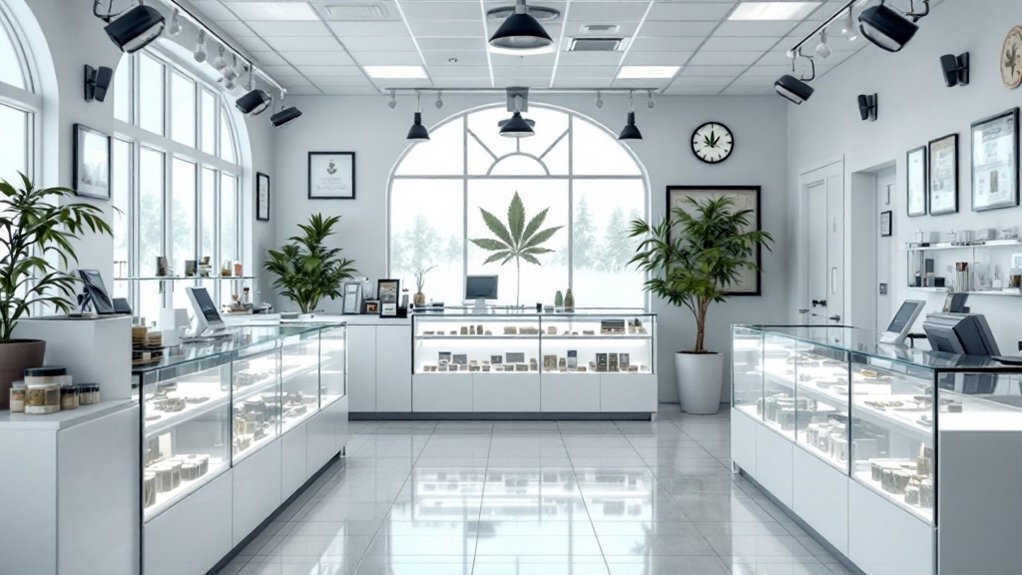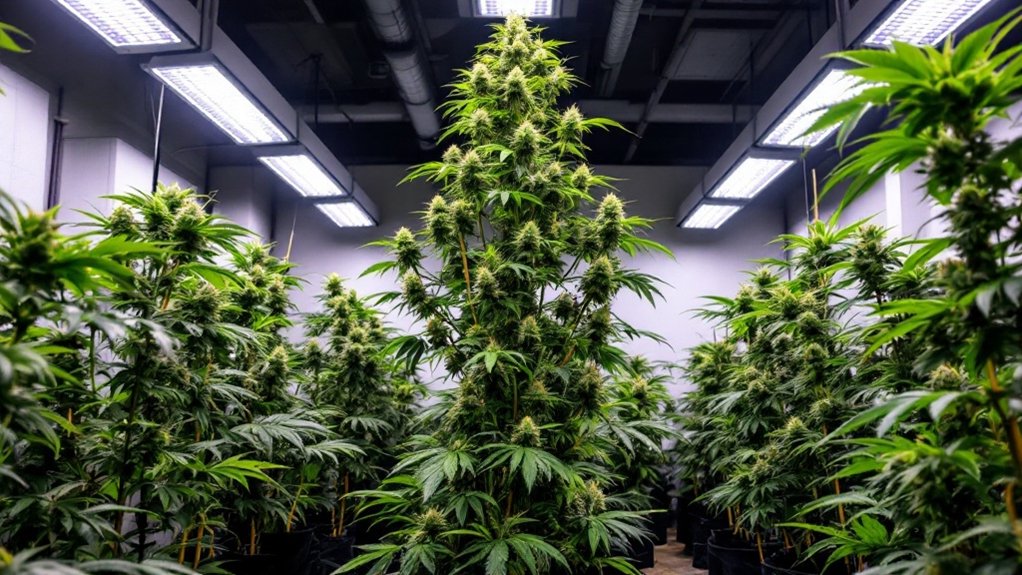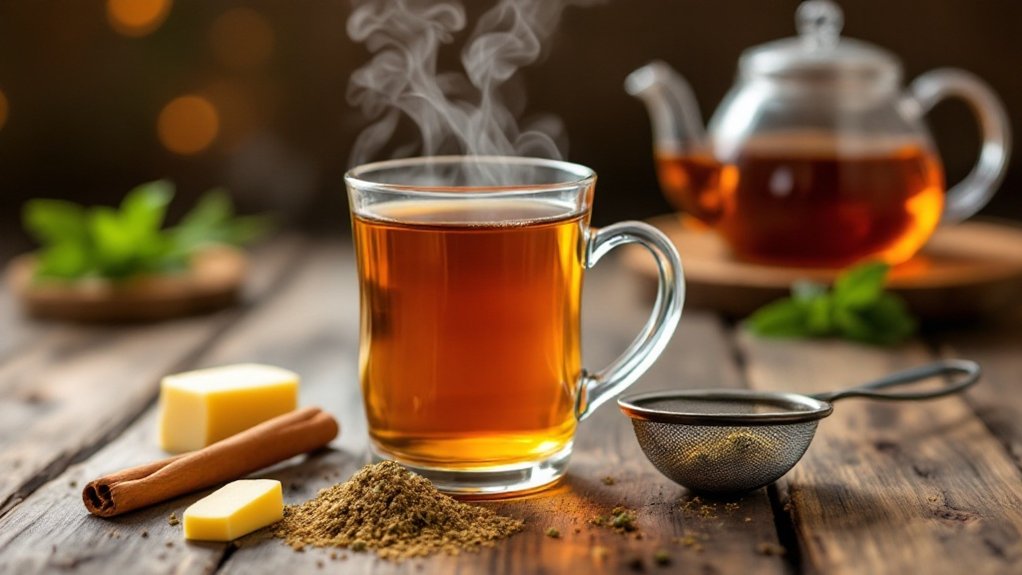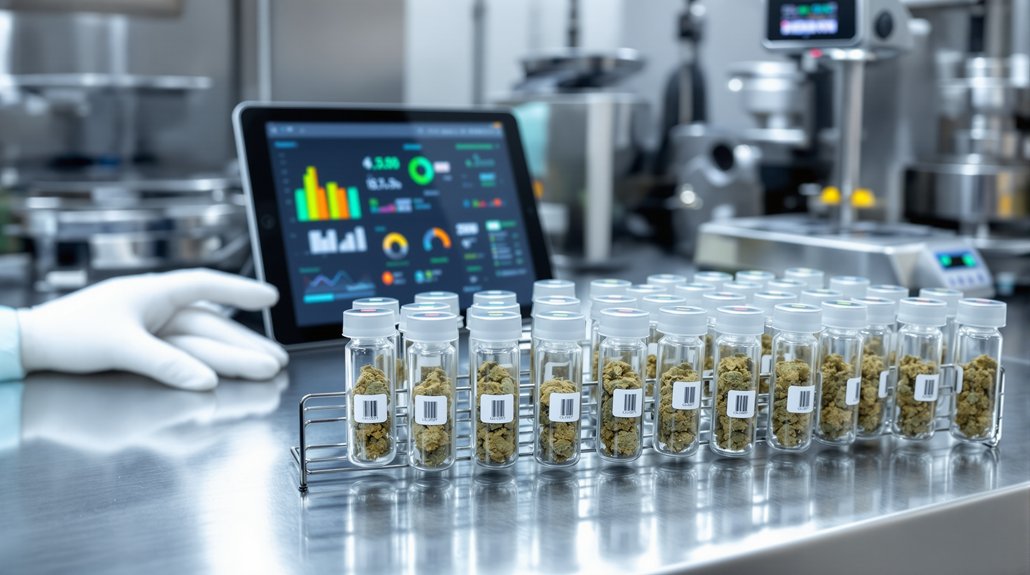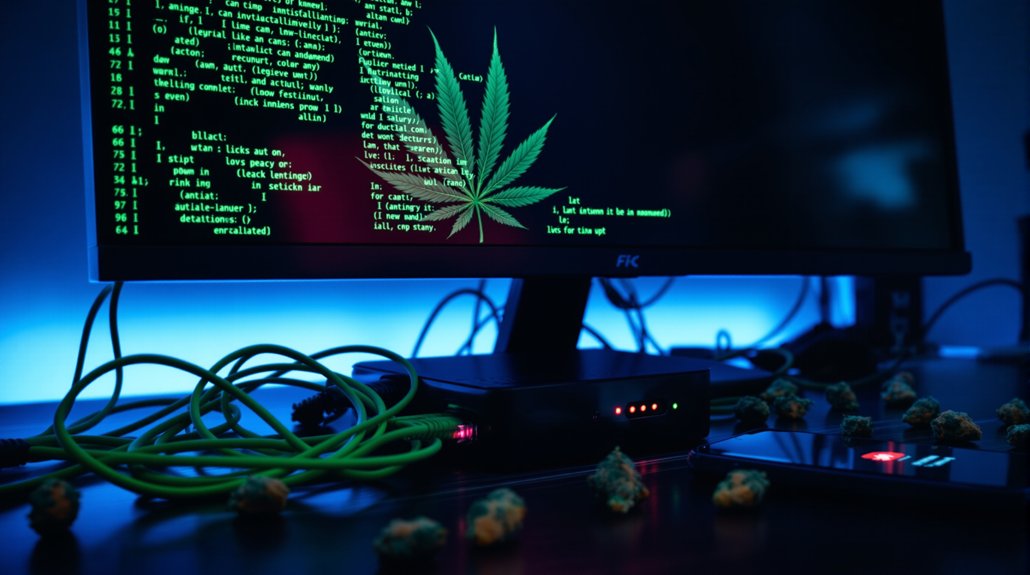Topping autoflower cannabis plants works best between days 14-21 after sprouting, when the plant has developed 4-6 nodes. This technique requires sanitized cutting tools to remove the main growth tip, redirecting plant hormones to lower branches. Only healthy plants should undergo topping, as stressed specimens may suffer yield reduction. The recovery period typically lasts 3-7 days, during which environmental conditions must remain ideal. Understanding strain-specific responses determines whether this high-stress training technique will enhance or diminish your cultivation results.
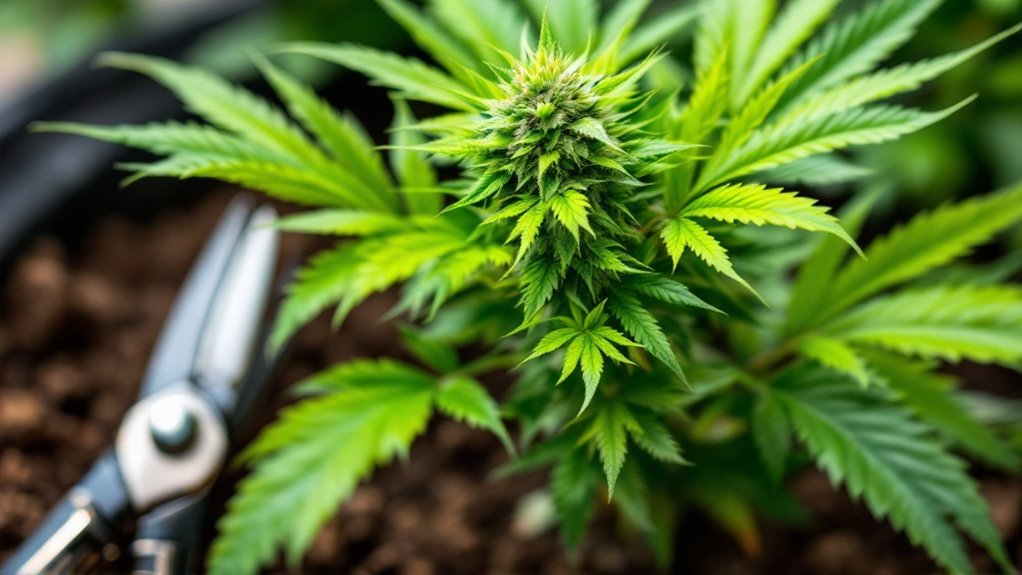
Topping autoflower cannabis plants represents one of the most critical high-stress training techniques that cultivators must time precisely to maximize yields. Unlike photoperiod varieties, autoflowering cannabis has a genetically predetermined life cycle that shifts from vegetative to flowering stages automatically, regardless of light schedule. This biological constraint creates a narrow window of opportunity for successfully implementing topping techniques.
The prime timing for topping autoflowers occurs after the plant has developed its fourth to sixth node, typically between days 14 and 21 from sprouting. During this period, usually falling between weeks three and five of growth, the plant has established sufficient root structure and vegetative growth to withstand the stress of topping while still having ample time to recover before flowering begins. Many experienced growers have found that using the FIM technique instead can reduce stress while still encouraging the desired bushier growth pattern. Plants must show vigorous growth, with a strong main stem and healthy lateral branches, indicating they possess the necessary resilience to respond positively to this high-stress technique.
Timing topping perfectly—between days 14-21 when plants have 4-6 nodes—gives autoflowers the best chance to recover before flowering begins.
The procedure involves using sanitized cutting tools to remove the uppermost growth tip just above the last fully developed node. This strategic cut redirects plant hormones, particularly auxins, away from apical dominance, allowing lower branches to develop into multiple main colas. Successful topping creates a bushier plant architecture with improved light penetration and airflow throughout the canopy, potentially increasing bud production sites.
Not all autoflower plants make suitable candidates for topping. Only healthy, vigorously growing specimens should be selected, as stressed or slow-developing plants may experience stunting rather than beneficial restructuring. The presence of pre-flowering pistils signals the end of the viable topping window, as cutting during the flowering stage dramatically reduces yield potential.
Post-topping care proves equally essential for maximizing benefits. Plants typically require three to seven days to recover, during which ideal environmental conditions must be maintained to support healing and new growth development. For optimal results, many cultivators prefer to combine topping with low-stress training techniques after recovery to further enhance canopy development without overwhelming the plant.
Cultivators should watch for the emergence of new shoot growth at cut sites as evidence of successful recovery.
While topping presents significant yield-increasing potential when executed correctly, the technique carries inherent risks with autoflowers. Genetic variations between strains produce different responses to high-stress training—some varieties thrive under topping while others may underperform compared to untrained counterparts.
This variation necessitates careful consideration of strain characteristics and growth patterns before implementing topping strategies.
Frequently Asked Questions
Can Autoflowers Recover From Stress After Topping?
Autoflowering cannabis plants can recover from topping stress, though their ability varies considerably between strains.
Most healthy autoflowers require 3-7 days to recover when topped early in vegetative growth, with the process consuming 10-20% of their vegetative period.
Environmental factors, including stable temperature and humidity, greatly influence recovery success.
Plants topped too late or those with sensitive genetics may experience permanent stunting, as their short life cycle provides limited time to overcome stress before flowering begins.
What Tools Should I Use for Topping Autoflowers?
For topping autoflowers, growers should use sharp, sterilized scissors or pruning shears to make clean cuts that heal quickly.
Thin nose scissors or bud trimming scissors provide excellent precision for delicate stems. Tools should be disinfected with rubbing alcohol before each use to prevent infection.
Many cultivators also employ supplementary equipment such as plant ties for training new growth after topping, and monitoring devices to guarantee ideal recovery conditions during this sensitive period.
Does Topping Autoflowers Affect Potency or Flavor?
Research does not indicate that topping autoflowers directly affects potency or flavor profiles.
These qualities are primarily determined by genetics and environmental factors rather than training techniques.
While excessive stress from improper topping may stunt overall plant development, it doesn’t alter the fundamental cannabinoid content or terpene profile.
Properly topped plants that recover well typically produce buds with potency and flavor characteristics consistent with their genetic potential, regardless of training method.
Should I Feed Autoflowers Differently After Topping?
After topping, autoflowering cannabis plants benefit from adjusted feeding schedules.
During the initial 3-5 day recovery period, slightly reduced nutrient concentrations help minimize stress. Growers should maintain vegetative-stage nutrients with higher nitrogen ratios until recovery is complete.
Once the plant develops new growth at topped sites, shifting to flowering nutrients with increased phosphorus and potassium supports the multiple colas that develop.
The busier structure creates more flowering sites competing for resources, requiring careful monitoring for even nutrient distribution throughout the canopy.
How Many Times Can I Top an Autoflower Plant?
Autoflower plants can typically be topped 1-3 times during their vegetative growth phase.
Experienced growers may push this to 5 times, potentially multiplying colas up to 36, though this approach carries risk.
Each topping session requires 2-3 days recovery time and extends the vegetative phase.
Multiple toppings must be carefully balanced against the plant’s fixed 8-10 week lifecycle, with all topping completed 2-3 weeks before flowering begins.
